Table of Contents
Introduction to Mexican Colors in Fashion and Design
Mexican culture is celebrated for its rich tapestry of colors that are deeply woven into its history, traditions, and artistic expressions. The vibrant hues found in Mexican textiles, pottery, and paintings are not merely aesthetic choices; they often carry significant meanings and reflect the cultural heritage of diverse regions. From the striking cerulean blues of the ocean to the vivid yellows of sunflowers and the radiant reds of chili peppers, the colors of Mexico evoke a sense of warmth, passion, and resilience.
The use of color in Mexican fashion and design showcases a profound connection to cultural identity. Bright colors are often utilized in traditional garments, such as the embroidered blouses and dresses known as huipiles, which bear distinctive patterns representing local flora, fauna, and folklore. These garments are not only a source of pride for wearers but also serve as a canvas to express regional narratives, social status, and personal stories. As Mexican fashion evolves, contemporary designers draw inspiration from these traditional elements, infusing modern silhouettes with the vivid colors emblematic of their heritage.
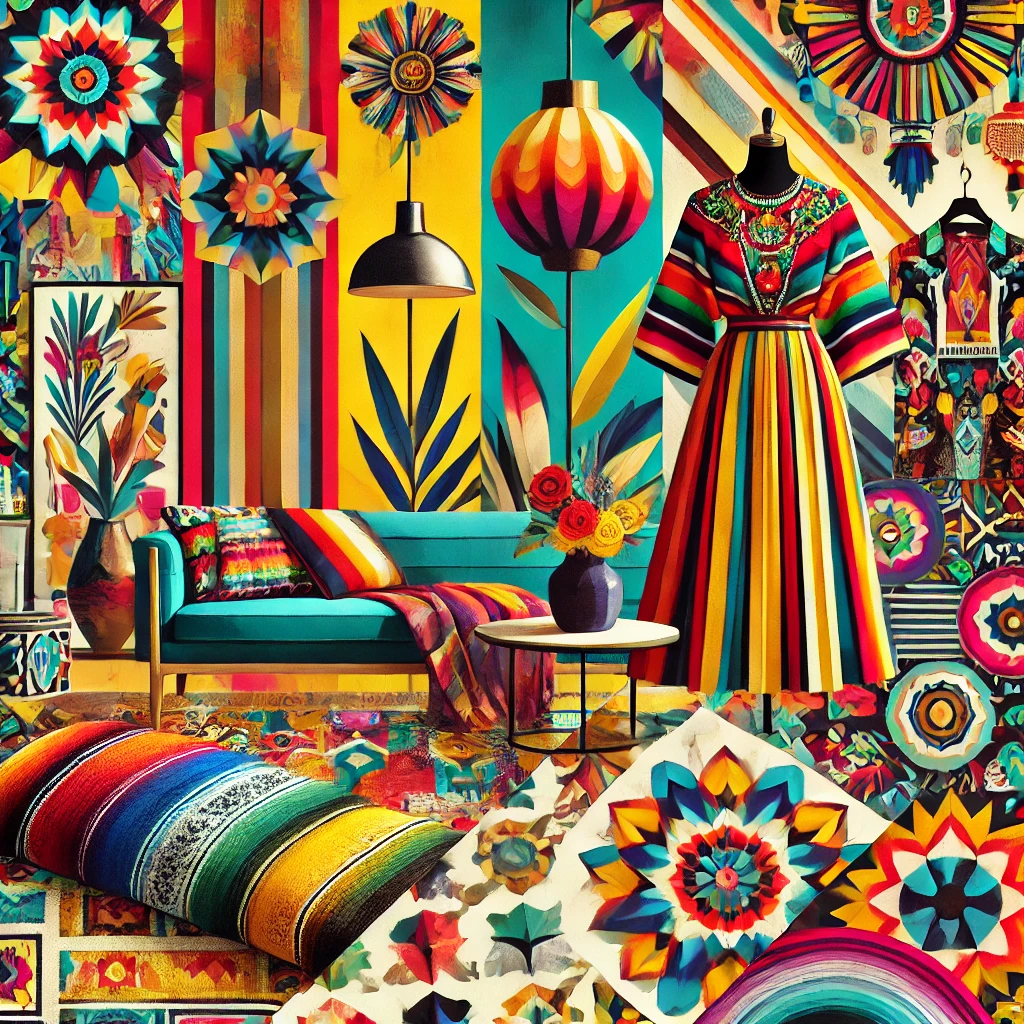
In interior design, the impact of Mexican colors is equally pronounced. Iconic color schemes often feature rich earthy tones complemented by bold accents, creating vibrant spaces that exude a sense of liveliness and warmth. Teracotta tiles, colorful talavera pottery, and painted wooden furniture are quintessential elements that reflect the vibrancy of Mexican culture. These choices do not merely decorate a space; they evoke emotions and create a welcoming atmosphere, connecting people to the history and traditions of Mexico.
The enduring influence of Mexican colors in fashion and design continues to resonate around the world. By examining the rich significance and symbolism of these hues, we gain deeper insights into their impact on contemporary aesthetics and cultural expressions, which pave the way for innovative designs that honor the past while embracing the future.
Historical Context of Colors in Mexican Culture
The history of colors in Mexican culture is rich and deeply intertwined with the traditions and beliefs of its people. Dating back to pre-Columbian times, the use of colors was not merely decorative but held significant cultural and spiritual meanings. Indigenous communities utilized a variety of natural pigments sourced from their environment, including minerals, plants, and insects, to create vibrant dyes. For instance, cochineal, a red dye obtained from scale insects, was highly valued not only for its brilliant color but also for its symbolic association with life and fertility.
Traditional dyeing methods have been passed down through generations, often representing the connection indigenous people have with their land and heritage. Techniques such as ikat and backstrap weaving showcase the intricate processes involved in utilizing these colors, which often reflect the natural landscape of Mexico. The vibrant hues, such as blues, yellows, and greens, are not just visually striking but convey stories and cultural narratives that resonate with the identity of various communities.
The significance of color in Mexican culture extends beyond aesthetics; it serves as a form of communication and a means to express one’s identity. In many indigenous cultures, colors are believed to possess spiritual connotations, embodying elements such as life, death, and the environment. Festivals and rituals often incorporate traditional colors, reinforcing the cultural heritage and social bonds among the community members. As time progressed, these practices and beliefs persisted, even as modern influences began to weave into the fabric of Mexican society.
Today, contemporary Mexican artists and designers are reviving these age-old practices, melding traditional color usage with modern techniques. This resurgence not only honors their rich history but also allows for a renewed appreciation of the meaningful role colors play in the cultural narrative of Mexico.
Symbolism and Significance of Colors
In Mexican culture, colors are imbued with profound meanings that reflect the country’s rich heritage and diverse traditions. Each hue serves as a symbolic representation of various aspects of life, profoundly influencing design choices in both fashion and interior decor. Understanding these color significances is essential for anyone looking to incorporate Mexican aesthetics into their work.
Red, for instance, symbolizes life and passion. It is often associated with love, energy, and vitality, making it a popular choice in textiles, accessories, and other design elements. The vibrant red shades evoke strong emotional responses and are commonly used during celebrations, such as traditional festivals and Día de los Muertos, where they honor those who have passed away. This passionate hue not only captures attention but also elicits a sense of warmth and connection to cultural roots.
Blue, on the other hand, is representative of healing and tranquility. Often associated with the sky and water, it embodies peace and serenity. In design, blue is frequently employed to create calming environments, ideal for spaces dedicated to relaxation and contemplation. Its various shades, from deep navy to light cerulean, lend versatility and sophistication to any setting, allowing for a balance between aesthetics and emotional well-being.
Yellow stands for warmth and positivity. This cheerful color reflects joy and enlightenment, often bringing to mind the sun and its nurturing qualities. In fashion and design, yellow can add vibrancy and energy to outfits and décor, making it a favorite choice for uplifting and inviting spaces. The bold use of yellow can draw attention and instill a sense of happiness, embodying the spirit of festivity inherent in Mexican culture.
Each of these colors—red, blue, and yellow—carries inherent meanings that enhance their application in fashion and design. By understanding the symbolism behind these hues, designers can create more meaningful and culturally resonant works that celebrate the essence of Mexican artistry.
The Role of Mexican Artisans in Colorful Fashion
Mexican artisans play an integral role in the fashion landscape, particularly when it comes to the use of vibrant colors found in textiles and clothing. These skilled individuals are the cultural bearers of traditional crafts that have been passed down through generations, making their contributions essential to the preservation of Mexico’s rich heritage. Through their expertise and creativity, artisans utilize a variety of materials and techniques that define the uniqueness of Mexican fashion, elevating it to the status of global recognition.
One of the most notable traditional crafts is the weaving of textiles, which often features intricate patterns and bright hues. Artisans employ techniques such as backstrap weaving, which requires meticulous skill and is predominantly done by hand. This time-honored practice not only showcases gorgeous designs but also creates a tactile quality in garments that cannot be replicated by industrial machines. Natural dyes extracted from plants, minerals, and insects are commonly used, producing an array of stunning colors that are both vivid and environmentally sustainable.
Furthermore, embroidery is another area where Mexican artisans excel. Each region boasts its distinct style, reflecting local traditions and anecdotes through the use of vibrant threadwork. For instance, the Otomi people are recognized for their bold and colorful embroidered motifs, often seen on garments, accessories, and home textiles. These artistic expressions encapsulate the essence of Mexican culture, making each piece of clothing a narrative that holds deep cultural importance.
In summary, the role of Mexican artisans in creating colorful fashion is invaluable. Their dedication to traditional crafts, coupled with a deep appreciation for cultural heritage, results in clothing that not only showcases brilliant hues but also tells a story of its origins. By supporting these artisans, consumers not only acquire unique fashion pieces but also contribute to the sustainability and continuation of age-old practices essential to the identity of Mexico.
Contemporary Designers Drawing Inspiration from Mexican Colors
In recent years, a number of contemporary designers have embraced the vibrant colors characteristic of Mexican culture, incorporating them into their fashion collections and design projects. These designers seek to celebrate and elevate traditional Mexican aesthetics while creating pieces that resonate with a global audience. By drawing from the rich tapestry of colors found in Mexican art, architecture, and textiles, they are able to produce work that reflects both cultural heritage and modern sensibility.
One prominent figure in this movement is Fernando Garcia, co-founder of the acclaimed design house Monse. Garcia often cites his Mexican roots as a foundational influence in his work. In his recent collection, he showcased bold color combinations reminiscent of the sun-soaked landscapes of Mexico, employing vivid yellows, blues, and reds which are reflective of traditional Mexican artisan crafts. His innovative designs not only pay homage to his heritage but also challenge conventional fashion aesthetics, appealing to a diverse clientele.
Another designer, Pineda Covalin, champions the idea of leading with color inspired by Mexico’s rich cultural narratives. Their collections often feature intricate patterns and vibrant hues, merging contemporary fashion with indigenous motifs. Through thoughtful collaborations with local artisans, Pineda Covalin has successfully translated the essence of Mexican culture into wearable art, making a substantial impact on both national and international stages.
Moreover, the fashion label Ben & Ale creates pieces that highlight textiles from various Mexican regions. Their designs feature striking colors and prints that reflect the local culture, inviting customers to experience the vibrancy of Mexico through fashion. The resurgence of interest in sustainable and ethical fashion has further enhanced the visibility of these designers, as consumers seek authentic connections to cultural heritage through the products they choose.
This merging of traditional Mexican influences with contemporary design not only revitalizes the fashion industry but also fosters a greater appreciation for Mexican art and culture globally.
The Impact of Festivals and Celebrations on Design Trends
Mexican festivals, renowned for their vibrant colors and rich cultural significance, have a profound impact on design trends and fashion on both a national and global scale. Events such as Día de los Muertos and Cinco de Mayo are not merely opportunities for celebration; they serve as significant sources of inspiration for designers and artists. The use of vivid colors, intricate patterns, and striking imagery found in these celebrations deeply influences the creative directions taken by fashion designers and interior decorators alike.
During Día de los Muertos, an array of colors such as rich purples, bold oranges, and deep blues are prevalent, symbolizing the vibrancy of life and the connection between the living and the deceased. These hues translate into textiles used in traditional attire, where artisans often incorporate elements such as skull motifs and floral patterns. Designers across the globe have adopted these inspirations, translating them into contemporary runway collections that appeal to diverse audiences. The melding of traditional Mexican aesthetics with modern interpretations creates a unique synergy in fashionable designs.
Similarly, Cinco de Mayo highlights the cultural identity and national pride of Mexico through its festivities, which include parades, music, and dance. The celebration is characterized by bright colors, such as festive greens, whites, and reds, which mirror the colors of the Mexican flag. These colors not only reflect national pride but are also embraced in fashion, inspiring clothing collections that resonate with a sense of joy and celebration. The incorporation of cultural elements into design serves to honor Mexican heritage while simultaneously captivating an international audience, leading to wider acceptance of traditional motifs in contemporary design.
In conclusion, Mexican festivals significantly shape the landscape of fashion and design trends worldwide. The brilliant colors and cultural symbols drawn from celebrations like Día de los Muertos and Cinco de Mayo provide a rich wellspring of inspiration that impacts designers’ creative expressions. As global trends evolve, these elements are increasingly integrated into contemporary fashions, showcasing the enduring allure of Mexico’s vibrant cultural heritage.
Sustainable Practices in Colorful Fashion and Design
The fashion and design industry is increasingly recognizing the importance of sustainability, as consumers become more environmentally conscious. This shift has sparked a revival of traditional dyeing techniques and the use of natural materials, which play a crucial role in promoting eco-friendly practices. By embracing these methods, designers can create vibrant and colorful pieces while minimizing their environmental impact.
Traditional dyeing techniques, such as the use of indigo, cochineal, and other natural dyes, not only contribute to the rich heritage of color in Mexican culture but are also more sustainable than synthetic dyes. These natural dyes are biodegradable, non-toxic, and can often be sourced locally, reducing the carbon footprint associated with transportation. Moreover, these practices often rely on indigenous plant species, sustaining their prevalence and promoting biodiversity.
Several fashion brands have emerged that prioritize sustainability while celebrating the vibrancy of Mexican colors. By utilizing organic fabrics, such as cotton and linen, alongside natural dyes, these brands demonstrate a commitment to environmental stewardship. For instance, labels like Pineda Covalin incorporate traditional motifs and colors, showcasing the beauty of handcrafted artistry while adhering to sustainable sourcing practices. Additionally, brands like Livia Firth’s Eco Age advocate for a circular economy in fashion, emphasizing the need for transparency and responsible production practices.
Furthermore, the integration of colorful designs with sustainable practices is not just about aesthetics; it also conveys a powerful message regarding cultural heritage and respect for the environment. By promoting garments that tell a story and connect to tradition, designers foster a deeper appreciation for craftsmanship and sustainability. Ultimately, the combination of vibrant colors and eco-friendly methodologies contributes to a fashion landscape that celebrates both beauty and responsibility in equal measure.
The Global Influence of Mexican Colors
Mexican colors have transcended borders and significantly impacted the global fashion and design landscape. The vibrant palettes inherent in Mexican culture, characterized by rich hues reminiscent of its unique landscapes, are now embraced by international designers, creating a harmonious blend of traditional aesthetic with contemporary flair. This influence can be observed in various domains, from haute couture collections to ready-to-wear apparel.
Leading fashion houses have increasingly drawn inspiration from Mexico’s artistic heritage. Designers such as Carolina Herrera and Stella McCartney have incorporated the vivid colors found in traditional Mexican textiles into their collections, demonstrating how these hues can be contextualized within modern fashion narratives. Bright shades of fuchsia, turquoise, and yellow often feature prominently in their works, reflecting both a vibrant ethos and a celebration of cultural diversity. This integration not only honors the original artistry but also introduces it to new audiences, fostering an appreciation for Mexican aesthetics.
Moreover, contemporary brands are adept at reinterpreting Mexican-inspired designs to cater to a global market. For instance, the rise of casual wear has seen the emergence of clothing lines that utilize traditional Otomi embroidery with bold colors, merging heritage with everyday style. This crossover often results in distinctive pieces that resonate with consumers seeking to express their identity through fashion choices. Such developments underscore the versatility of Mexican colors, allowing them to adapt to diverse trends while retaining their cultural significance.
Additionally, the influence of Mexican colors extends beyond clothing into the realm of home décor. Interior designers worldwide have begun to incorporate these vibrant shades into their projects, transforming spaces with the warmth and energy characteristic of Mexican design. Through the fusion of Mexican elements with international styles, a new aesthetic language emerges, affirming the enduring allure of colorful Mexican traditions.
Conclusion: Embracing Colors in Our Everyday Lives
In exploring the vibrant world of Mexican colors, it becomes evident that these hues are more than mere visual aesthetics; they are profound expressions of culture, heritage, and identity. The impact of Mexican colors in fashion and design serves as a testament to the rich history and tradition that these shades embody. From the striking reds and yellows often seen in clothing to the earthy oranges and blues that characterize home decor, these colors offer insight into the soul of a nation passionate about life and beauty.
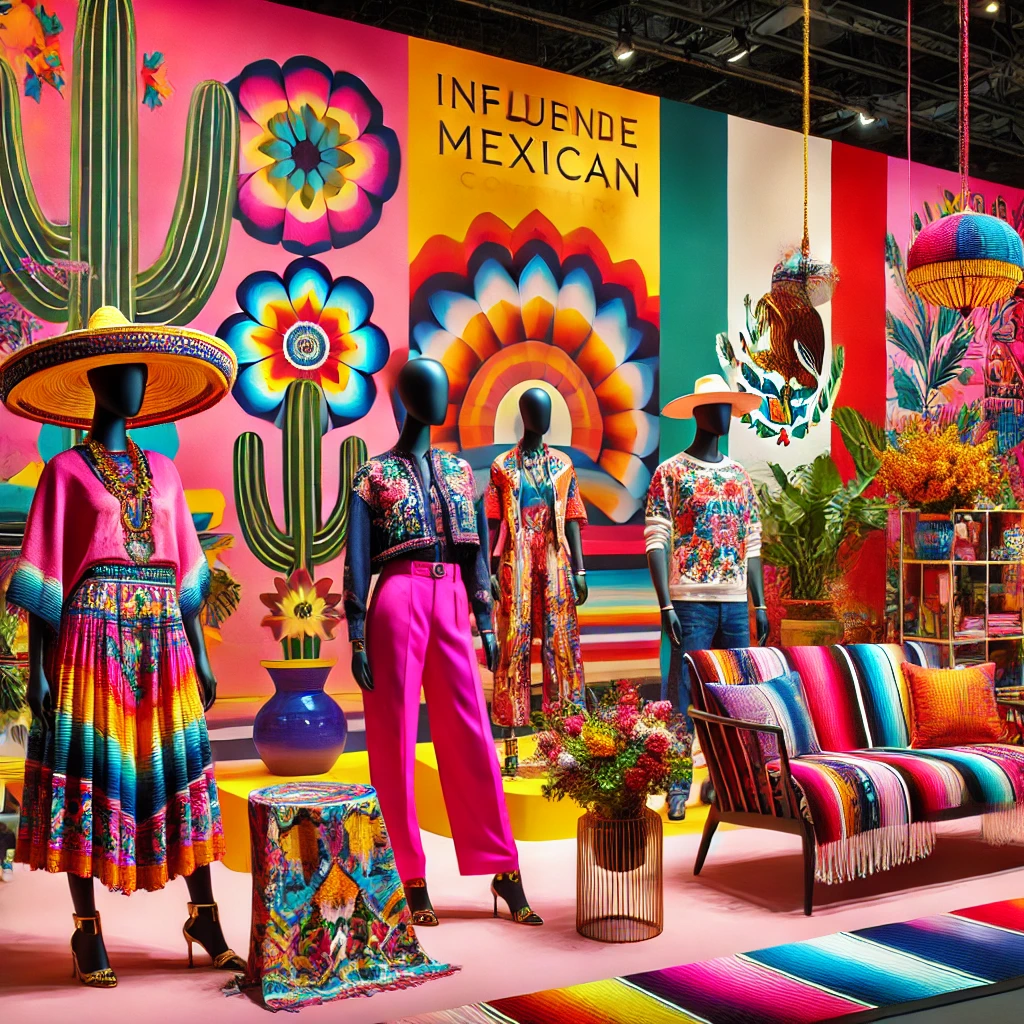
Furthermore, the integration of these colors into everyday life can profoundly affect individual expression and well-being. By surrounding ourselves with bold, vibrant colors, we not only enhance our living spaces and wardrobes but also enrich our emotional and psychological states. Studies have suggested that color can influence mood and energy levels, thereby making it essential to incorporate colors that resonate with us personally. Embracing bright colors can transform a mundane environment into a lively one, fostering creativity and joy in our daily routines.
It is clear that the influence of Mexican colors in fashion and design transcends geographical boundaries, encouraging individuals worldwide to appreciate the beauty of color in their lives. As we celebrate the creativity found in these vibrant shades, we should also take time to understand the rich cultural narratives behind them. Ultimately, allowing these colors to inspire and guide our choices will enable us to cultivate an appreciation for the artistry and tradition they represent. In doing so, we not only enhance our personal spaces but also honor the cultural heritage that has given birth to such splendid expressions of creativity.

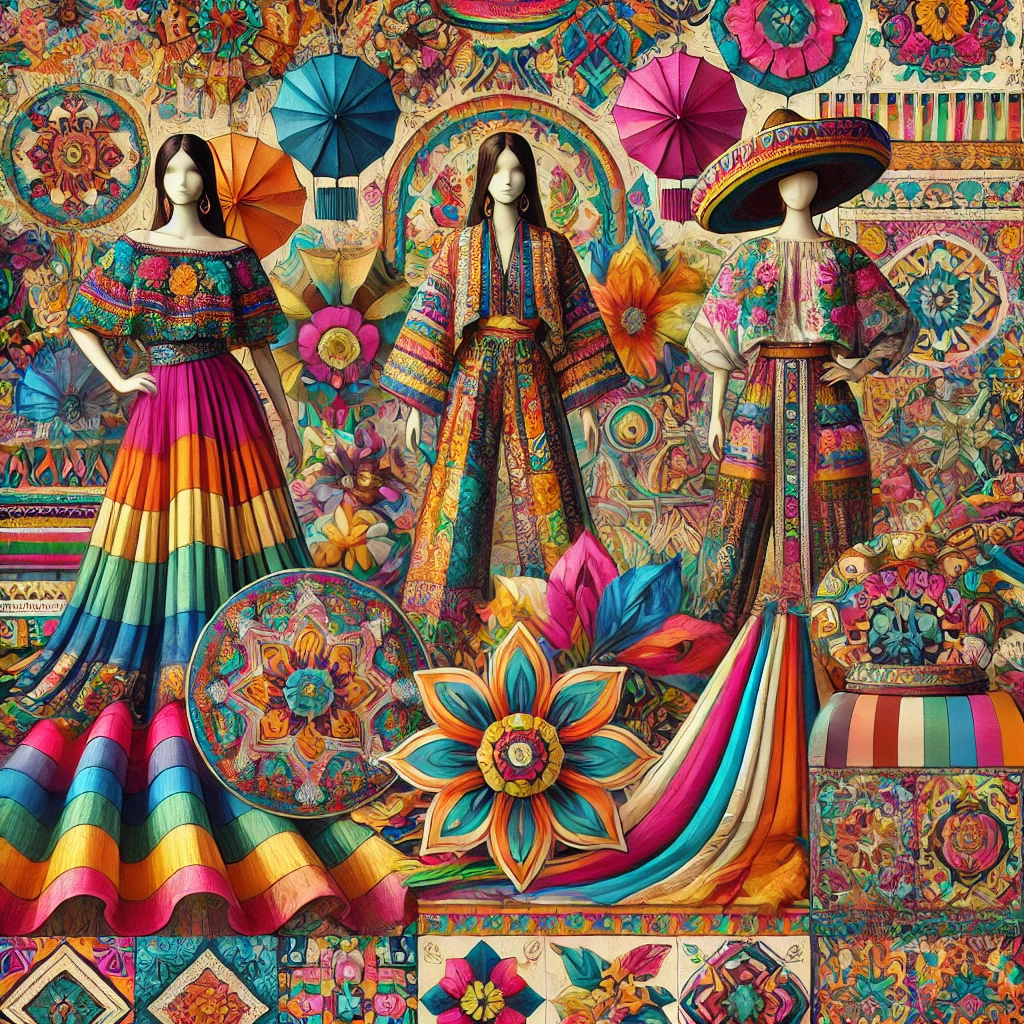
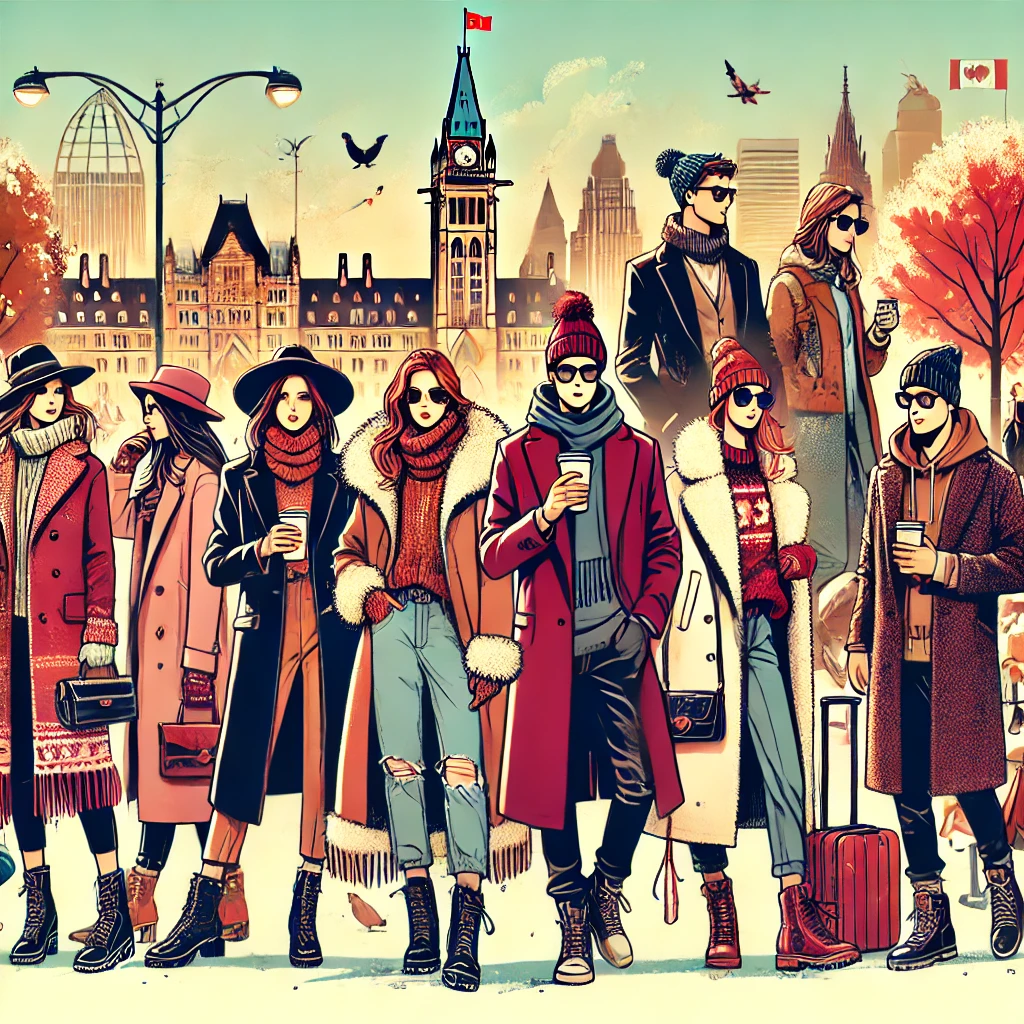

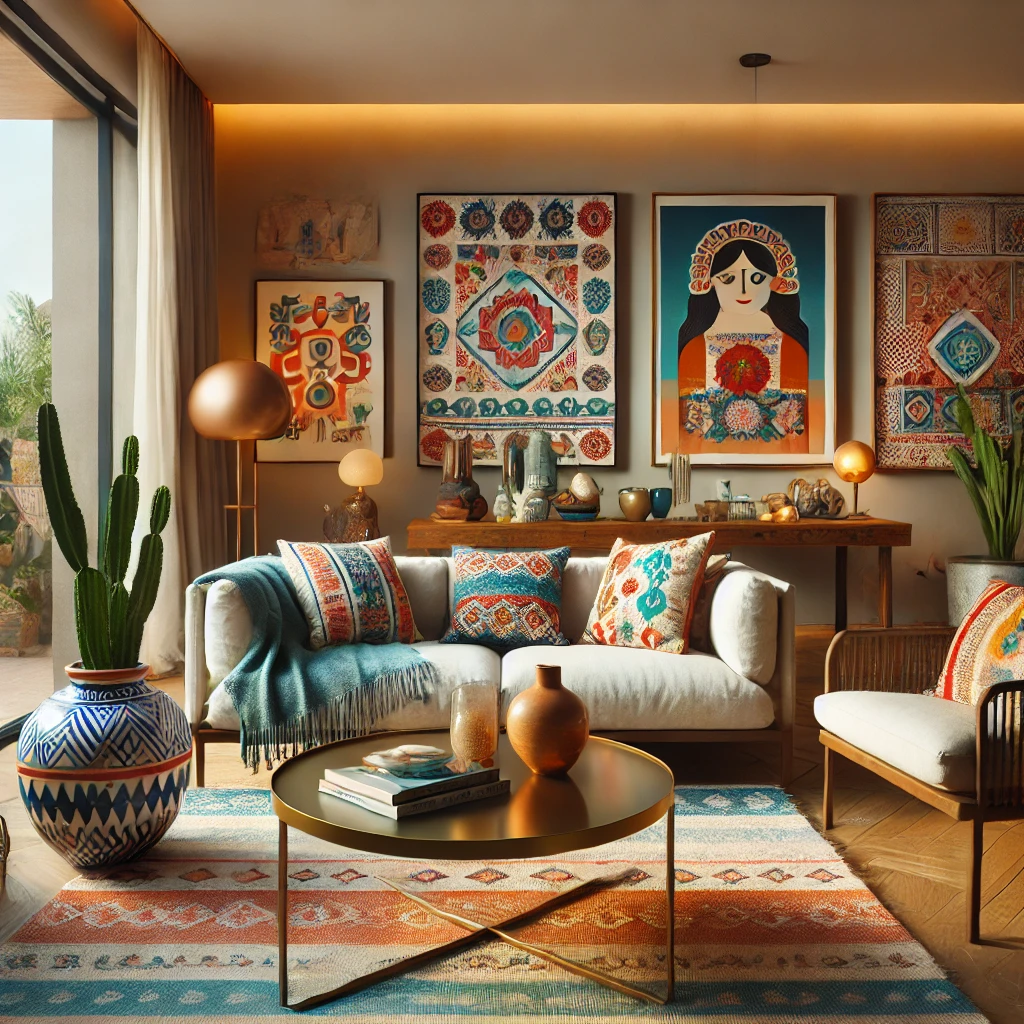
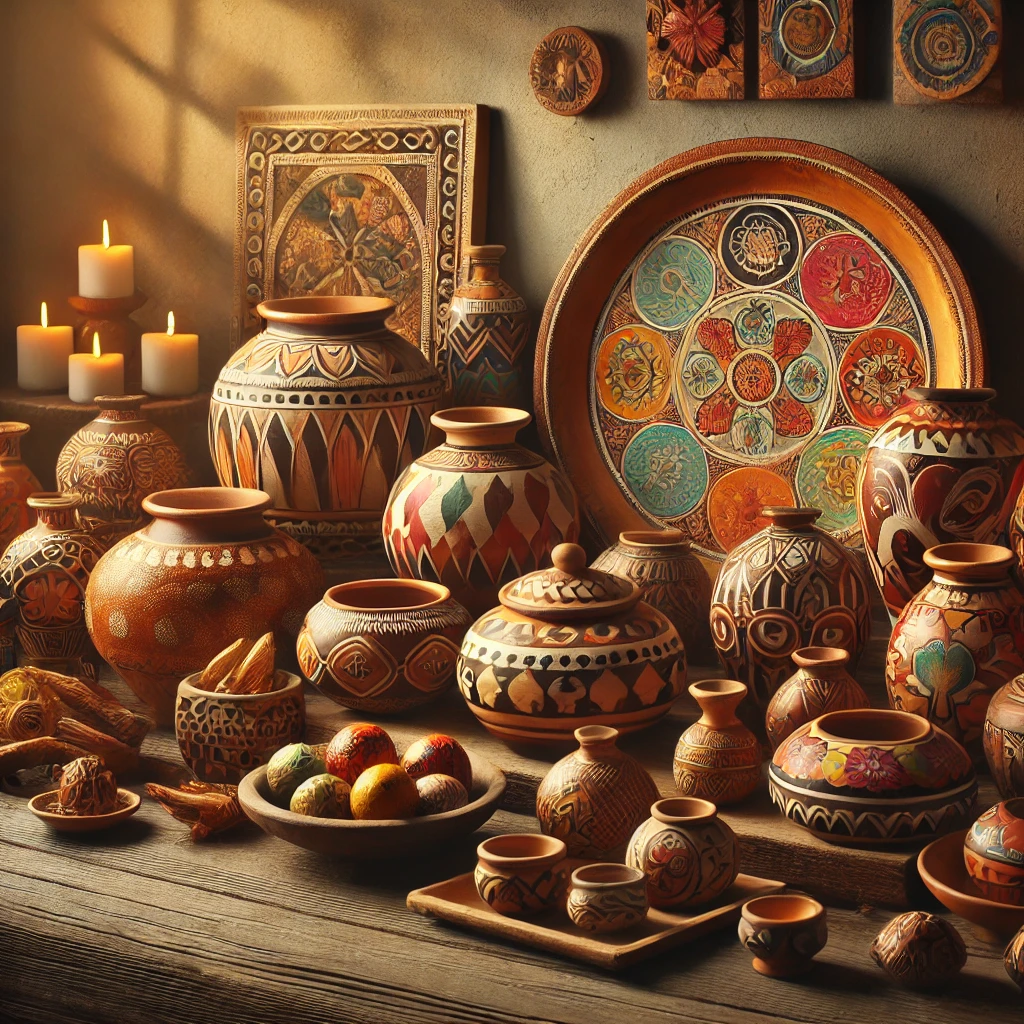
I am extremely impressed with your writing skills and also with the layout on your weblog.
Is this a paid subject matter or did you customize it your self?
Anyway stay up the excellent high quality writing, it is uncommon to see a great blog like this one these
days. Lemlist!